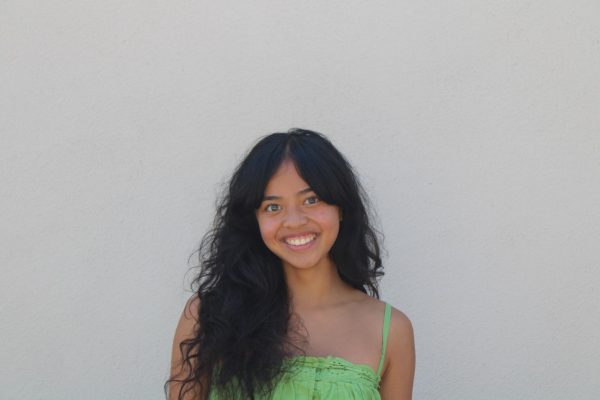On April 8, 2024, a total eclipse occurred, casting darkness over certain parts of the United States. This event took place just a few days after the AUHSD School District’s spring break, causing some students and faculty alike to take a few more days off to view the rare spectacle.
A total solar eclipse is when the Moon passes between the Sun and Earth, covering a great portion of the sun. The moon’s coverage blocks the sun’s light on earth and shadows it, causing temporary darkness on parts of the earth.
“I was really excited,” said sophomore Bhavana Kasalanati. Kasalanati viewed the eclipse with her family in Dallas, Texas. “I remember we were really worried that it would be ‘clouded out’ because all of the weather forecast had been really cloudy. As the moon was almost fully covering the sun, suddenly the clouds opened. The totality was perfect.”
The moon’s coverage of the sun leaves what Kasalanati defines as a ‘diamond ring.’ “It’s when the sun’s corona is shining and there’s only a tiny bit of sun left- so it’s like a diamond,” she said. The sun’s corona is the most outer part of the sun’s atmosphere. While people usually can’t see it on a regular day due to the sun’s brightness– an eclipse is an exception to its invisibility.
Department Chair of the Science Department and Chemistry teacher, Stephanie Verbanskzy was also able to view this type of coverage of the eclipse. When explaining why the sun’s corona can be viewed without need for eclipse glasses she explained, “The corona is actually the gasses around the sun which are giving off some light, but nowhere near as much as if you were to look at the actual sun.”
While in certain areas like Texas where people were able to view the moon’s total totality, other students saw the eclipse in other areas with lesser totality. For example, sophomore Annaliese Dillon experienced a partial eclipse in Southern California.
“It was really powerful,” Verbanskzy said. “The fact that we got to see the totality and the clouds parted made the experience very exciting.”





